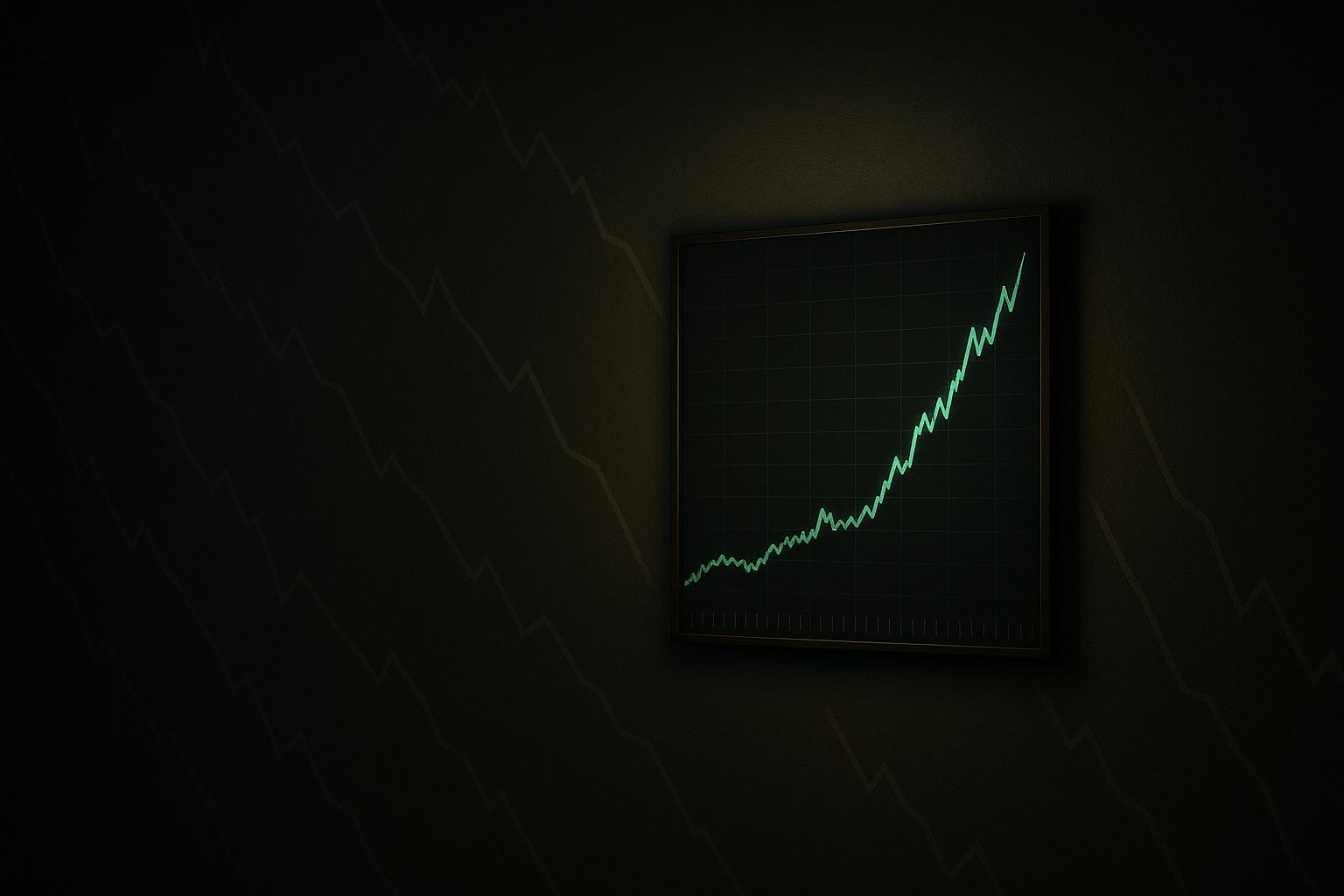The FTSE 100 ended a challenging week on a downbeat note, closing 0.6% lower at 9,682.57, with significant selling pressure notably impacting heavyweight stocks such as Rightmove and IAG. The FTSE 250 and AIM All-Share also fell by 0.6% and 0.5%, respectively, marking a broader weakness in the UK equity market. This retreat was mirrored across European indices, the CAC 40 slipped 0.2%, and Frankfurt’s DAX 40 declined by 0.7%. Wall Street experienced similar turbulence, with the Dow Jones down 0.6%, the S&P 500 off 1.1%, and the tech-heavy Nasdaq retreating 1.9%.
The sharp selling in mega-cap technology stocks and semiconductor shares was a key driver behind this downtrend, though analysts suggest this may be a temporary dip rather than a sustained reversal. Joshua Mahony from Scope Markets noted that despite current weakness, robust corporate profitability and continued AI-driven earnings support could make this an opportunity for investors to buy rather than sell. At the same time, Mark Haefele, UBS Global Wealth Management’s chief investment officer, highlighted that recent volatility is not unexpected after several strong months and that underlying tech sector fundamentals remain strong, with high valuations not necessarily signaling an imminent downturn.
Against this backdrop of nervous market conditions, Goldman Sachs took a more optimistic view on the UK’s blue-chip index, raising its 12-month FTSE 100 target to 10,200 from a previous 9,600. The investment bank pointed to improved earnings growth forecasts for 2025 and 2026 as the basis for this upgrade, reflecting confidence in the underlying economic and corporate growth outlook.
Adding complexity to this market scenario, two prominent FTSE 100 stocks saw particularly steep declines. Rightmove plunged 12% after announcing plans to escalate investment in artificial intelligence and consumer innovation through 2026 to 2028. The company signalled that this increased expenditure would temper its operating profit growth in the near term, guiding for revenue growth of 8% to 10% but more modest operating profit growth of 3% to 5%. Analysts, including those from Citi, suggested these projections could lead to downside revisions in operating profit estimates. Russ Mould of AJ Bell commented that while investing for future growth is positive, the market reacted negatively due to scepticism about the volume of AI-related spending.
Similarly, airline giant IAG saw shares fall by 12%, weighed down by a reported softness in US leisure travel demand and more intense competitive pressures in Europe, which have driven down unit prices. IAG acknowledged these market challenges in its statement but did not point to any structural changes in demand.
On the political and economic policy front, Chancellor Rachel Reeves has submitted plans to the UK’s Office for Budget Responsibility for assessment. Reports indicate potential increases to income tax rates by two percentage points across most bands, paired with a reduction in national insurance contributions for basic-rate taxpayers. This is part of government efforts to balance fiscal objectives with economic growth considerations.
In the wider European context, Goldman Sachs has revised its earnings forecasts and stock market targets multiple times amid geopolitical tensions and economic uncertainties. While the firm lowered its forecast for Europe’s STOXX 600 index earlier, citing US trade policy risks and slower earnings growth, a recent trade truce between the US and China has sparked renewed optimism, resulting in raised targets and improved investor sentiment. Barclays, meanwhile, has shown a more cautious stance, frequently downgrading European market targets due to ongoing recession fears and escalating trade disputes, underscoring the prevailing uncertainty in global markets.
Goldman Sachs has also upgraded its global equities stance to overweight, buoyed by improving economic momentum and supportive fiscal and monetary policies. This outlook sees equities as well-positioned to benefit from expected Federal Reserve interest rate cuts and sustained corporate profitability, despite late-cycle risks that temper the outlook for global credit and cash investments.
Currency markets showed modest moves, with sterling rising slightly to around 1.3166 dollars, while the euro also inched up against the US dollar. US Treasury yields exhibited a small decline, reflecting cautious investor sentiment amid the market volatility.
Looking ahead, UK economic data releases next week, including jobs, earnings, and GDP figures, alongside key data from China and the eurozone, will be closely monitored as markets seek clearer signals on growth trajectories. Meanwhile, corporate earnings announcements from firms such as Applied Nutrition, Aviva, and Rolls-Royce are anticipated to offer further insights into sectoral performance and economic health.
📌 Reference Map:
- [1] (The Independent) - Paragraphs 1, 2, 3, 4, 5, 6, 8, 9, 10, 11, 12, 13
- [2] (Evening Standard) - Paragraphs 1, 4, 5
- [3] (Reuters, Emerging Markets Report) - Paragraph 7
- [4] (Reuters, Europe STOXX Forecast) - Paragraph 7
- [5] (Reuters, Trade Truce Impact) - Paragraph 7
- [6] (Reuters, Barclays Market Outlook) - Paragraph 7
- [7] (Reuters, Global Equities Outlook) - Paragraph 8
Source: Noah Wire Services
